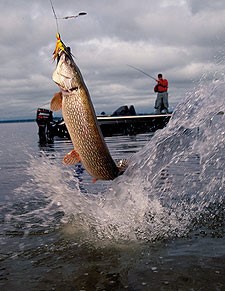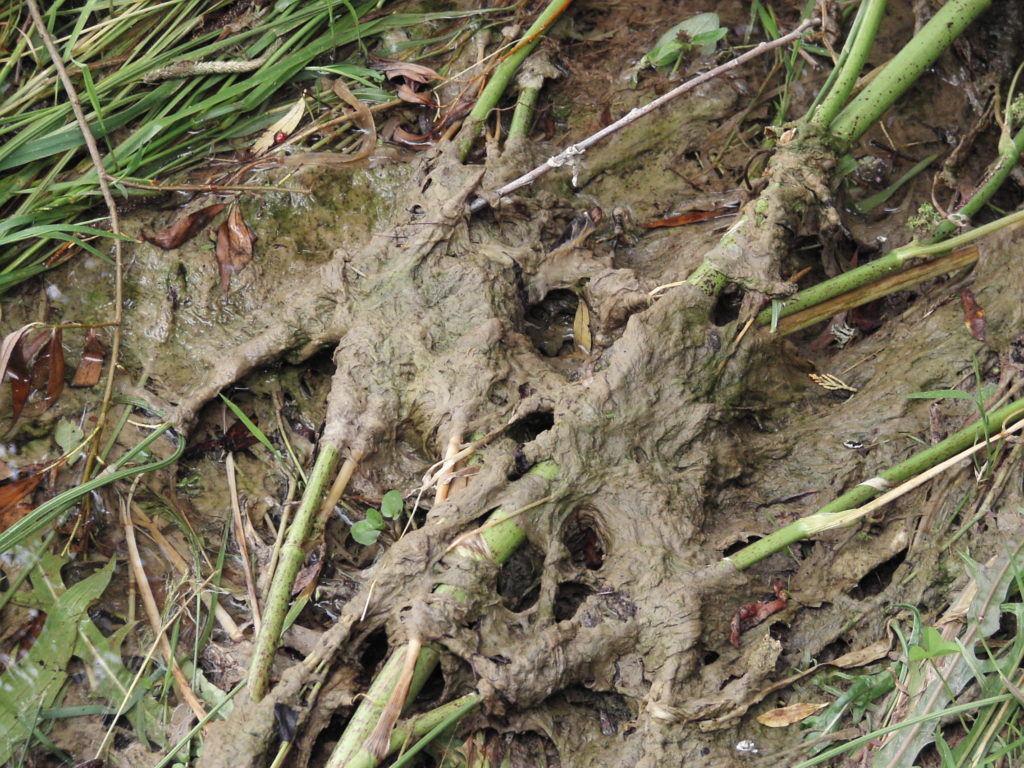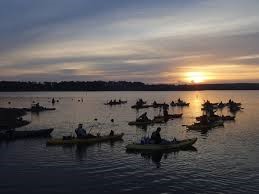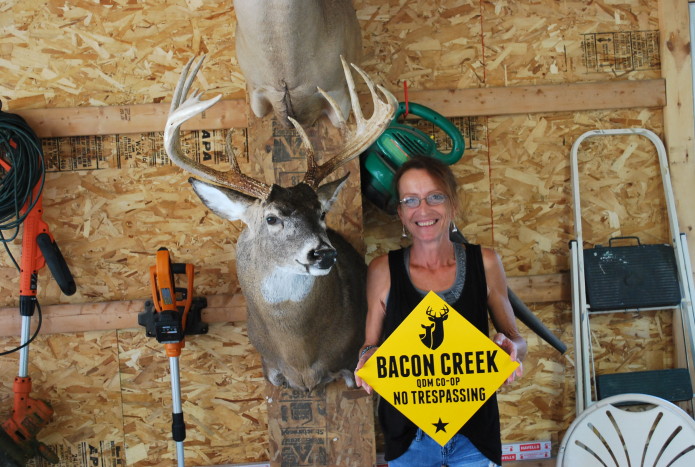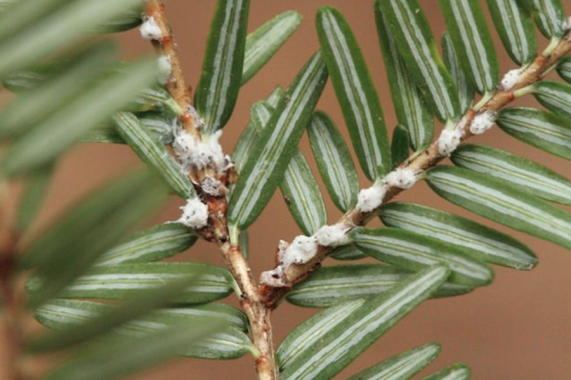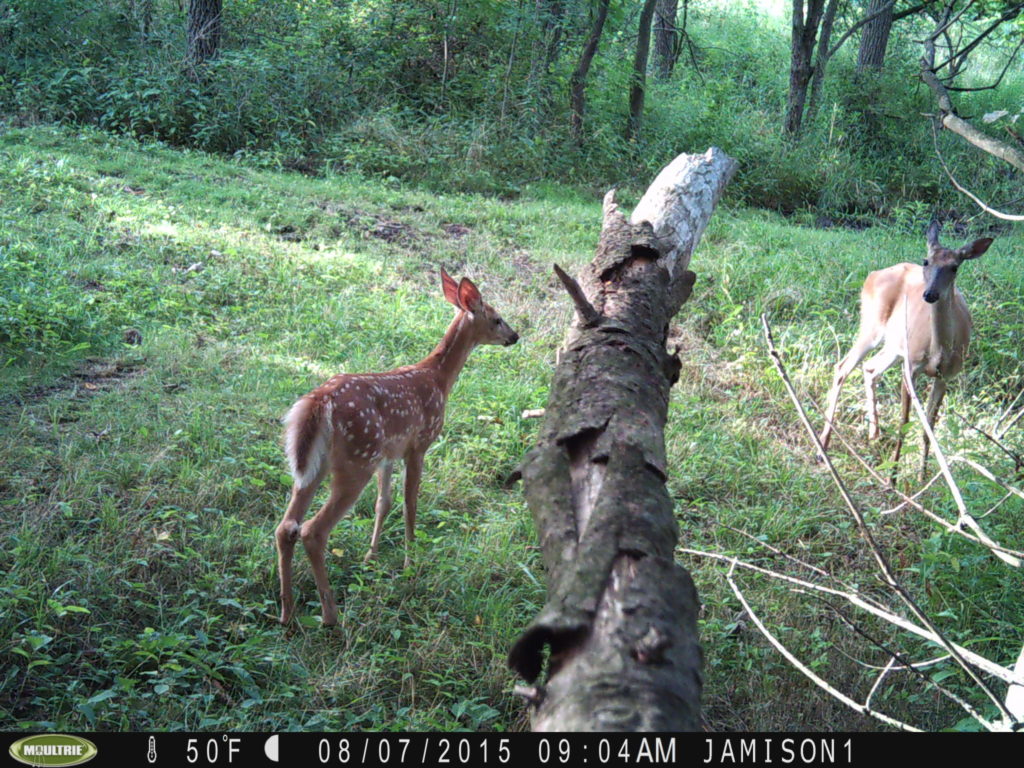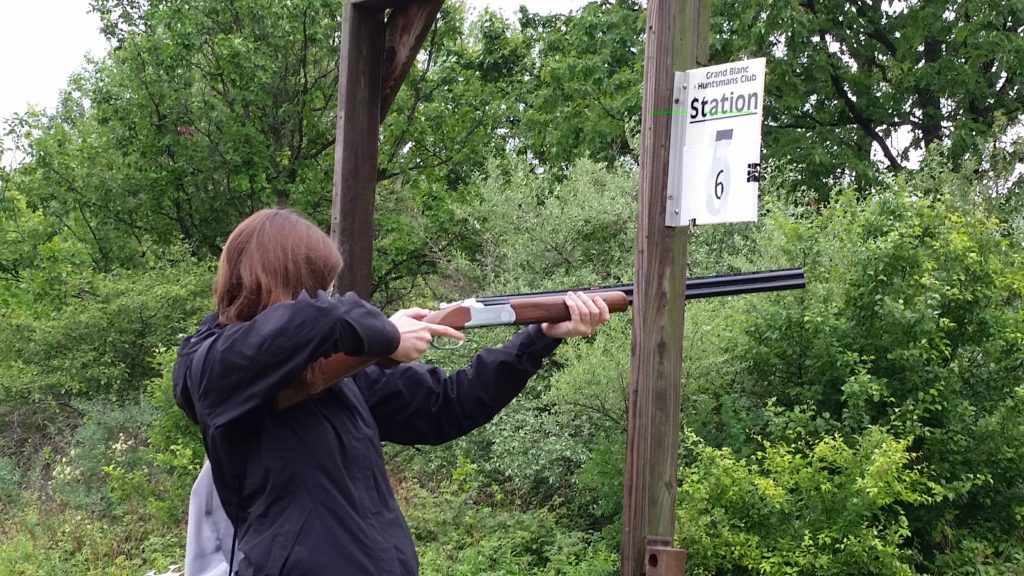Posts by lschultz
In the Field: Why We do What We do
by Anna Mitterling, Wildlife Cooperative Coordinator If you have ever had little kids, they ask ‘why’ all the time. Even as adults, we ask ‘why’ pretty frequently. We have a need to understand the motivations behind why we are being asked to do a particular task, join a group, or spend some money. One of…
Read MoreINCREASED FLEXIBILITY PROPOSED FOR MICHIGAN'S WARMWATER FISH BAG LIMIT
As anglers across the state know, the combined daily possession limit for Largemouth Bass, Smallmouth Bass, Northern Pike, Walleye, and the Flathead Catfish have all had a combined daily possession limit of five fish total, with no more than 2 pike. This to some anglers seems like a small amount, compared to all the effort…
Read MoreINVASIVE SPECIES LOWLIGHT: DIDYMO, A.K.A. ROCK SNOT
Snot is gross, so why would we want it growing on rocks in our streams? Rock snot or didymo (Didymosphenia geminata) is a brown or tan algae that grows thick and mat-like on the bottom of streams and rivers. Although when you think of snot you generally think slimy, rock snot has a texture more…
Read MoreBASS SEASON CATCH-AND-DELAYED-RELEASE REGULATION CHANGE UP
At the next Natural Resources Commission meeting on September 10th, a topic of discussion will be the Fisheries Order 215, which establishes the statewide warm water species sport fishing regulations. There are several regulation changes proposed for this Order, one of which will require the registration of all bass tournaments and instituting a new Catch-and-Delayed-Release…
Read MoreCAMO AT THE CAPITOL: BE LOUD
At a recent Ann Arbor City Council meeting, I witnessed dozens of animal rights activists wearing red shirts to protest the city council’s approval of a deer cull. There were numerous references to the “blood on the hands” of the city council members, and, predictably, even a Cecil the Lion reference. The people who want…
Read MoreIn the Field: Starting a Cooperative
by Anna Mitterling, Wildlife Cooperative Coordinator Over the weekend, I had the honor and privilege to attend the first official Bacon Creek Quality Deer Cooperative meeting. Chad Stewart, DNR Deer Specialist, and Steve Chadwick, DNR Regional Supervisor, were in attendance as well, and the three of us discussed some of the accomplishments of this group.…
Read MoreINVASIVE HEMLOCK WOOLLY ADELGID THREATENS MICHIGAN’S FORESTS
Michigan is home to more than 100 million hemlock trees, which provide important habitat for various animals such as deer, birds and fish. The hemlock provides thermal cover for animals, such as the deer in the winter, along with providing protection against erosion on river and stream banks, food for deer and other wildlife, and…
Read MoreMICHIGAN OUT-OF-DOORS PODCAST EP. 014 – MI BUCK POLE, YOUTH ARCHERY, AND BOWFISHING
In this episode, we talk about MI Buck Pole, Youth Archery, and Bowfishing. First, we were joined by Alan of MI Buck Pole at the Commemorative Bucks of Michigan annual awards banquet to talk about the meteoric rise of MI Buck Pole and some predictions on the upcoming deer season. Then we spoke with Patrick…
Read MoreIn the Field: Trail Cameras
by Anna Mitterling, Wildlife Cooperative Coordinator Trail cameras can be great fun, bringing additional anticipation for the coming seasons. While most guys are looking for deer with antlers this time of year, it can be fun to see what else is wandering around your property. Trail cameras can be used to run a deer survey…
Read MoreFROM THE MUCC INTERN’S DESK: AN OUTSIDER’S PERSPECTIVE
by MUCC Policy Intern Mary Herman Before reading the rest of this blog, I want to give you full disclosure: I have never gone hunting, I can count the amount of times I’ve been fishing on one hand, and I shot a gun for the first time 2 months ago. You may be wondering: how…
Read More
